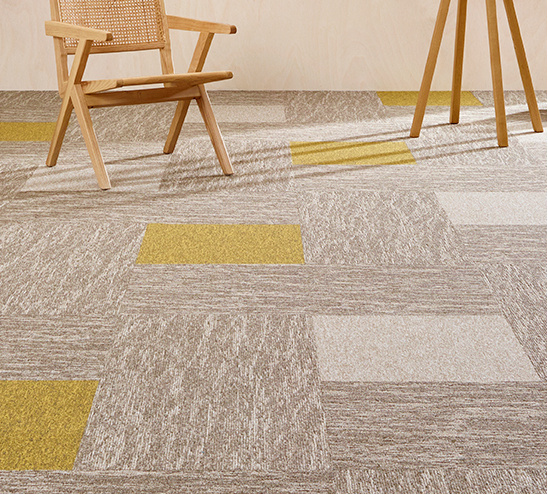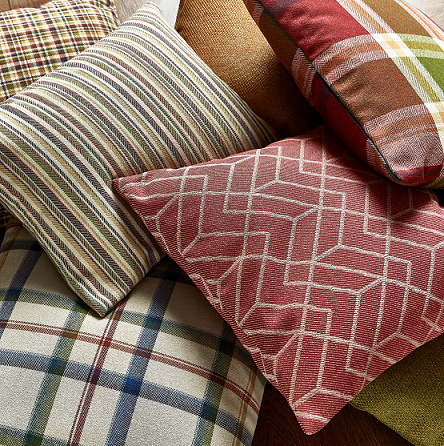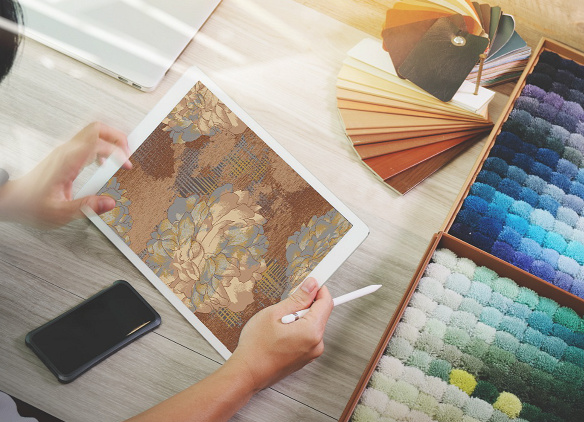6 Best Fabrics for Home Curtains
1st December 2020Curtains offer both aesthetic and practical benefits for any home. They are an important element in interior design that significantly affects the overall appearance of the room. They are also a practical addition as they offer privacy, dust protection, and heat and cold insulation. All these qualities make curtains irreplaceable elements of interior design.
Whether you’re decorating your first home or creating a wonderful interior for a client, here are the six best fabrics you can use for both regular and sheer curtains:
Materials Best Used for Regular Curtains
Several types of fabric work well for regular curtains, but the best ones we’ve encountered so far are listed below:
1. Polyester
Polyester is a common synthetic fabric used for curtains because of its durability and low price. It also requires little maintenance and is resistant to stretching, shrinking, and wrinkling, making it the perfect choice of material for first-time curtain users.
Good quality polyester curtains have a satin-like finish that can be very appealing when placed in a living room. It also offers a certain level of sun protection, which is why some people use it for bedrooms and private spaces.
This fabric comes in a wide range of patterns, colors, and styles, making it an excellent tool for interior designers. It washes quickly, too, though you might want to consider reducing the frequency of washes. Because it is synthetic, it may not weather too many washes, depending on the quality of the material used.
You also need to watch out for its flammability. As much as possible, don’t put curtains made from this fabric in the kitchen where it may catch fire, absorb unpleasant odors, and even limit air circulation.
2. Velvet
Velvet is a fabric traditionally made from silk materials that exude an elegant and luxurious vibe.
Drapes made from velvet fabric are full and heavy. For this reason, such curtains provide excellent light and sound insulation. Since it is a thick material, velvet is most suited as drapery for large windows in both formal and informal rooms, including the bedroom, dining room, living room, and even the entertainment center.
Velvet is typically made from original silk, which has a higher price tag. However, modern variations are now manufactured using synthetic or natural fibers (i.e., cotton and linen), offering more affordable options for those who prefer this luxurious curtain fabric.
Since it is a thick material, drapery systems using velvet require motorized drapery rods, and other hardware specifically made for heavier curtains. You may also incorporate decorative traverse rods that add a high-end, metallic finish to it.
3. Cotton
Made from natural fibers, cotton curtains are quite common in households because of their versatility in design and function. This fabric comes in a multitude of curtain designs and may offer a crisp, clean feel some people look for in both traditional and modern interiors.
Some cotton curtains may not require lining, but this adds a certain level of beauty, strength, and durability to the material. Because it’s a light fabric, properly lined cotton curtains tend to hang and fall better than those that aren’t. So, unless you intend for it to look otherwise, consider choosing lined cotton curtains.
Because of its flexibility in function, drapery weight cotton curtains do well anywhere in the house. You can even use them in bedrooms and other rooms that require sunlight blockage, so long as you pick ones made from tight-weave or well-lined cotton.
Some people use dressmaking or quilting cotton to make curtains, but these do not offer enough coverage when exposed to light.
4. Brocade
Brocade is a fabric comprising multi-colored threads woven on a jacquard loom. Sometimes confused with damask, this curtain material offers eye-catching patterns that work great for bare rooms.
Patterns on brocade curtains appear to be raised, making these prone to fraying, except when the fabric is backed. This heavy curtain material comes in a vast selection of patterns, making it perfect for rooms that require a fuller drape.
For best results, use a fluted wooden pole to hold it up, along with decorative finials and matching curtain rings to complement this stylish fabric.
Fabric Choices for Sheer Curtains
Sheer curtains are often used to create a transition between the indoors and outdoors. This type of curtains enhances the ambiance of any room by softening light that enters through windows or doors and creating an illusion of a taller room.
Here are some of our favorite fabrics used for sheer curtains:
1. Voile
The voile woven fabric is a sheer, lightweight, and soft material made either from cotton or polyester. It comes with an incredibly fine surface and offers a good drape for windows. It supports the feeling of privacy without blocking out all the light, leaving an airy feel to a room.
2. Lace
Another sheer fabric best used for curtains is lace. Like voile, it diffuses any natural light that enters a room and makes an area feel open and airy.
Lace usually appears in many cottage interiors and works well for small windows in kitchens and bathrooms. It adds a soft, somewhat feminine touch to a room. In some cases, lace patterns create a romantic touch to an otherwise traditional interior.
When picking out lace curtains, you’ll have a good chance at finding a set that fits your budget.
Manufactured using either natural or human-made materials, lace fabrics often come in neutral hues like white, cream, ivory, and ecru, making them easy to coordinate even with the most colorful wallpapers in the market. You can use sash café rods for shorter curtains that serve as excellent window dressing.
Care for lace curtains depends on the quality of material and construction. Many are machine-washable, but some are dry clean only. To be sure, read the label before laundering.
The Right Curtain to Adorn Your Home
Curtains come in many styles and designs, but you’ll want to think about the fabric they’re made from first before anything else. Let this article serve as your guide in your selection.
If you need assistance, please reach out to us for advice on the best materials to use for your home interior.
Back to Blog





